The making of Hanoi luxury lotus tea
Each kilogram of lotus tea requires over 1,000 lotus flowers, harvested in the morning and processed, resulting in a price reaching hundreds of dollars per kilogram.
|
|
|
According to artisans, lotus tea represents the long-standing culture of Vietnam. It is crafted by infusing lotus stamen with tea leaves, making it valuable due to the process involved in each stage, from harvesting the lotus flowers to the infusion process. |
|
|
|
Pham The Duyet (pictured), who won first place in two categories at the Tea Master Cup Vietnam in Ha Giang Province in 2019, explains that the best lotus tea is made from the flowers picked before sunrise, preserving their full fragrance. Typically, the lotus harvesting begins around 3 a.m. when the flowers are still in bud form. As the flowers start to bloom after a night of absorbing dew, Duyet navigates his boat around the lotus pond in Thuong Tin District, Hanoi, plucking the flowers and placing them in the boat. |
|
|
|
This year, continuous heavy rain has damaged lotus flowers, reducing the yield to about one-third of the usual amount. The lotus flowers in the pond are of the bach diep variety, originally brought from Hanoi's West Lake about 13 years ago. According to Duyet, West Lake's bach diep lotus is the best for making tea due to its light, fresh scent, unlike some other varieties that can have a stronger odor. |
|
|
|
After harvesting, the lotus flowers are transported home to prepare for the stamen extraction and tea infusion process. The stamen, hidden within the pink lotus petals, is considered the flower's "scent bag." |
|
|
|
After removing the outer petals of the lotus, the tea maker twists the flower to reveal the yellow stamen and the ivory-colored stamen. |
|
|
|
Holding the sepal with the left hand, the right hand gently plucks the stamen, allowing it to fall onto a lotus leaf placed below. This step must be done quickly to prevent the scent from dissipating. However, it also requires careful handling to avoid breaking the stamen, which can make the tea bitter. |
|
|
|
The extracted stamen is then infused with tea. In the photo, the white tea used comes from ancient Shan Tuyet tea trees. This type of tea is less bitter and allows the lotus fragrance and tea flavor to shine through, which Duyet describes as "the essence of the mountains combined with the quintessence of Hanoi." He explains that in the traditional method, layers of lotus stamen and tea are alternated until all the tea is used. Shan Tuyet tea leaves are large and require more stamen to absorb the fragrance. Typically, 1 kilogram of tea needs about 1.5 kilograms of stamen, equivalent to 1,500 lotus flowers. |
|
|
|
After infusion, the tea is stored in clay jars, with a layer of lotus leaves at the bottom and top. After about two days, the tea has absorbed the fragrance from the stamen, and the stamen is sifted out, the tea dried, and the process repeated. This cycle is repeated 5-7 times. However, to cater to a wider range of customers, modern tea makers often infuse the tea only two or three times, resulting in a cheaper product with a lighter fragrance. Duyet believes that 5-7 rounds of infusion are sufficient; more would overpower the tea with the lotus scent. |
|
|
|
Besides the traditional method, a quick infusion technique is also popular. Tea is directly placed into the lotus flower, freeze-dried, and then packaged. |
|
|
|
In this method, the tea retains the lotus fragrance, and the finished product is visually appealing as the pink lotus flower remains intact. However, the scent is not as intense, resulting in a lower price. Duyet sells lotus tea from VND8 million to VND20 million ($314 to $786) per kilogram, depending on the type. |
Source: VnExpress
 Bắc giang
Bắc giang










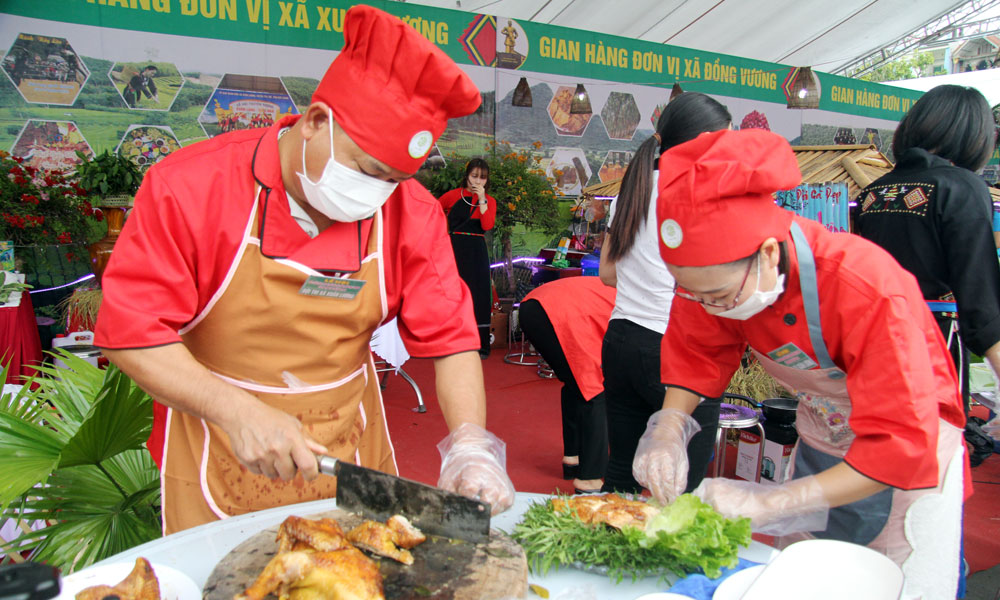
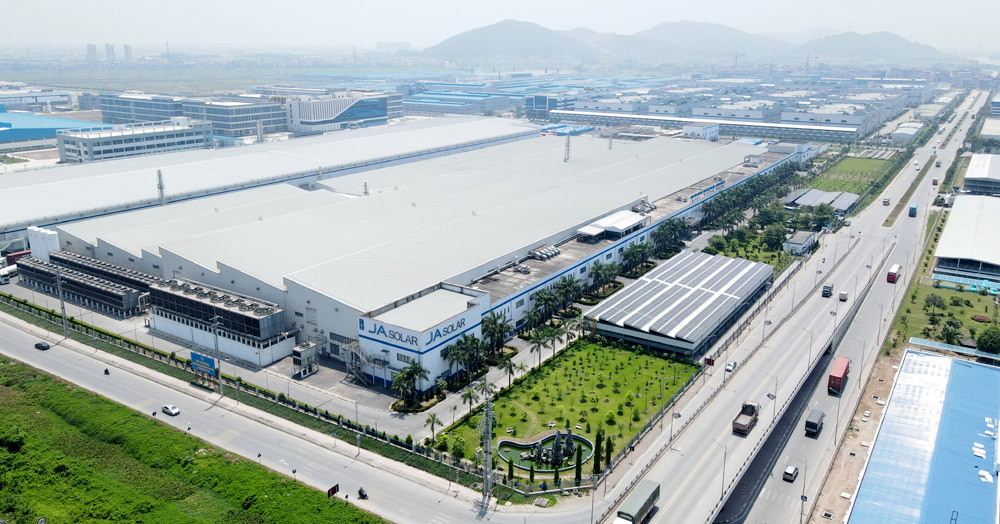

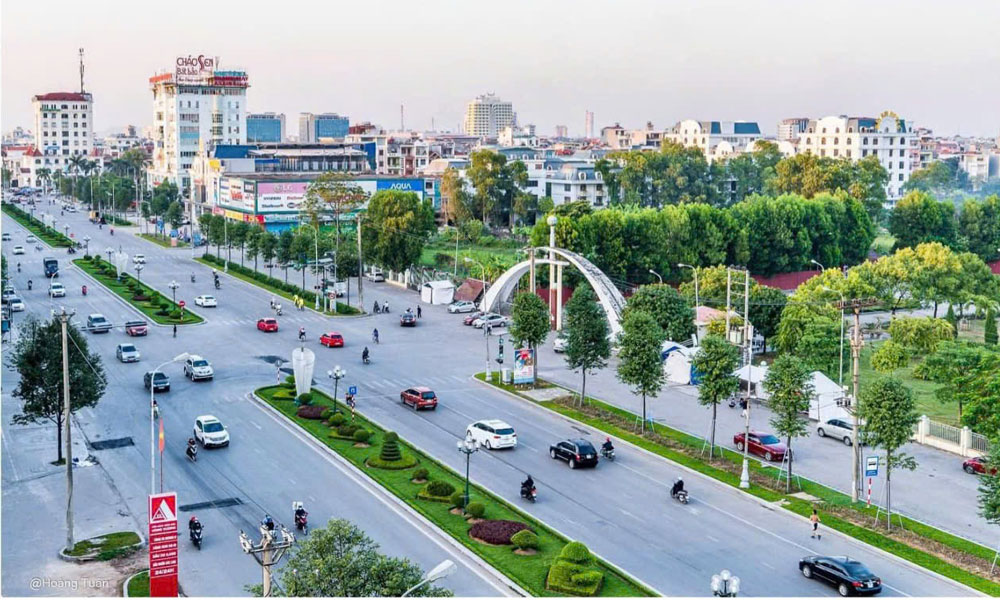
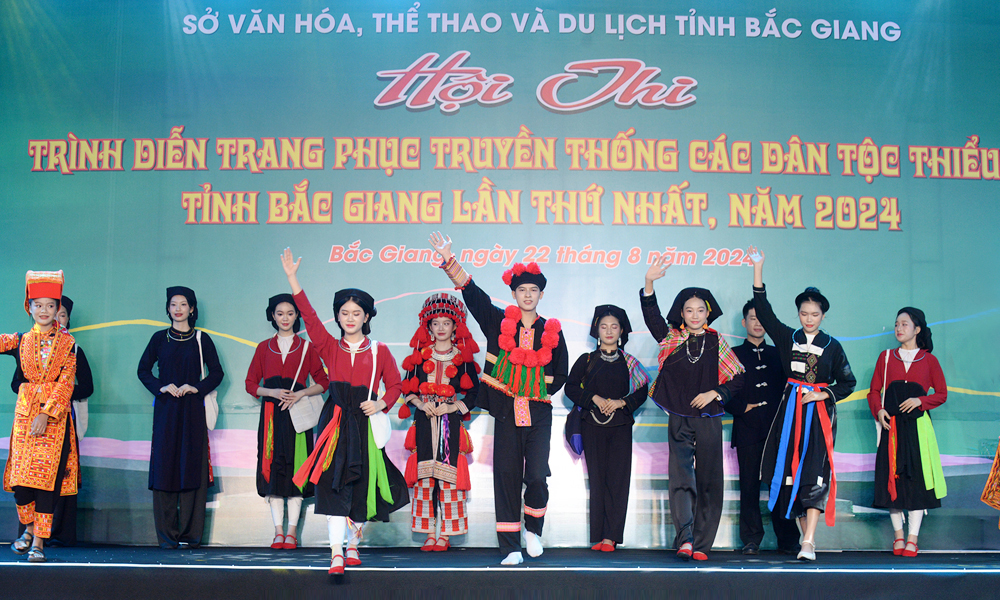
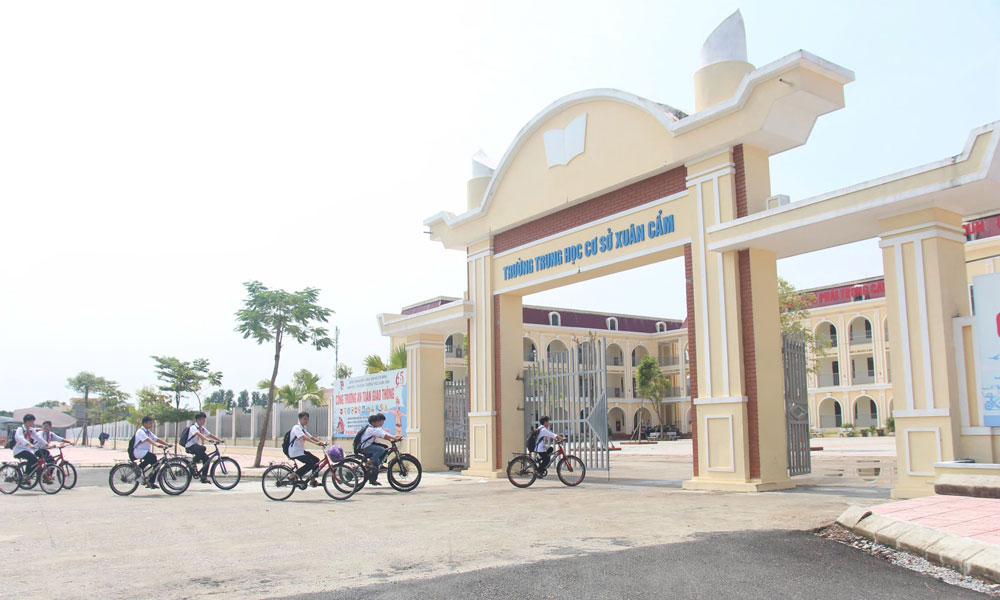
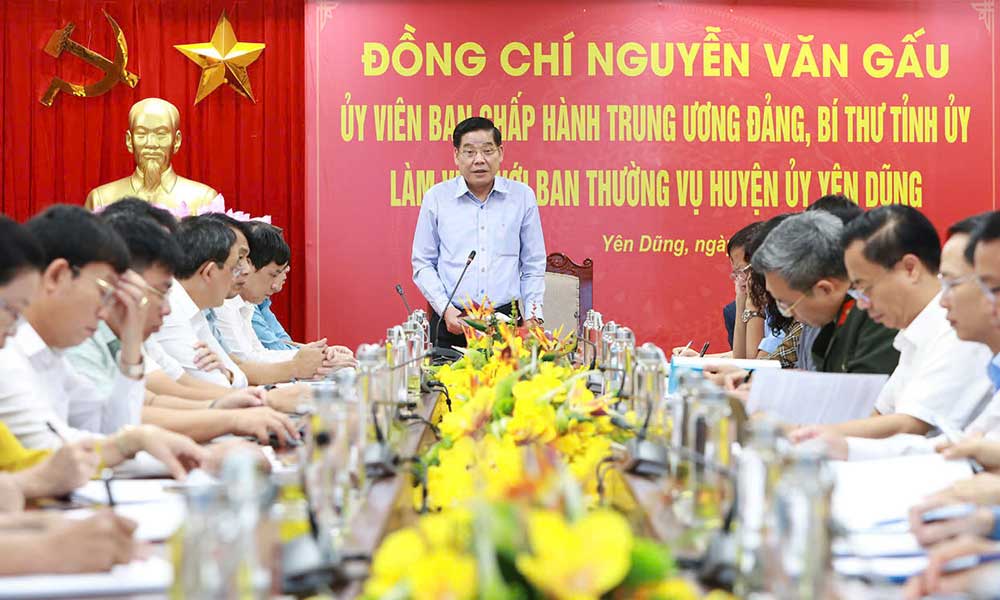
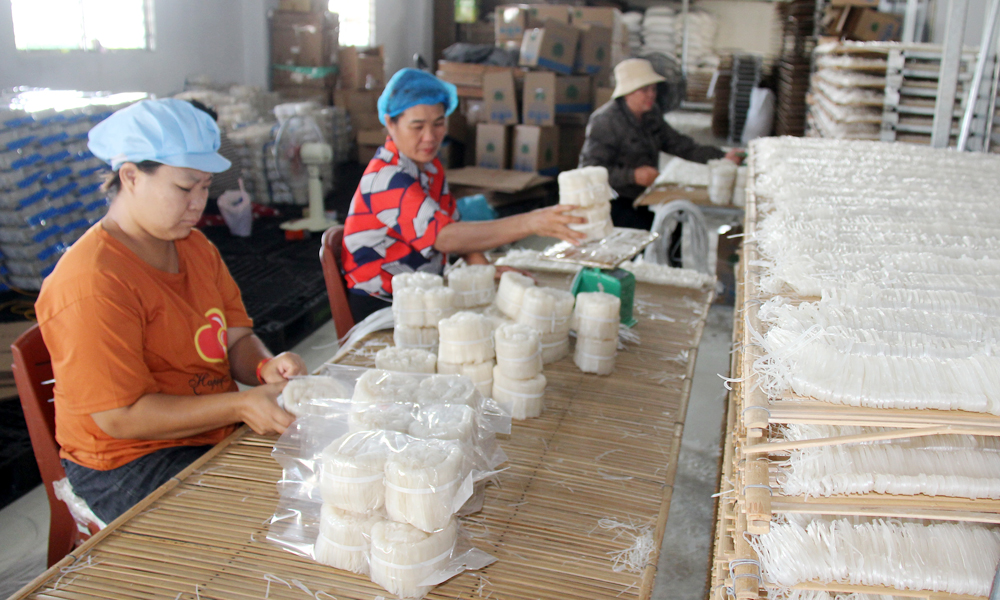



Reader's comments (0)